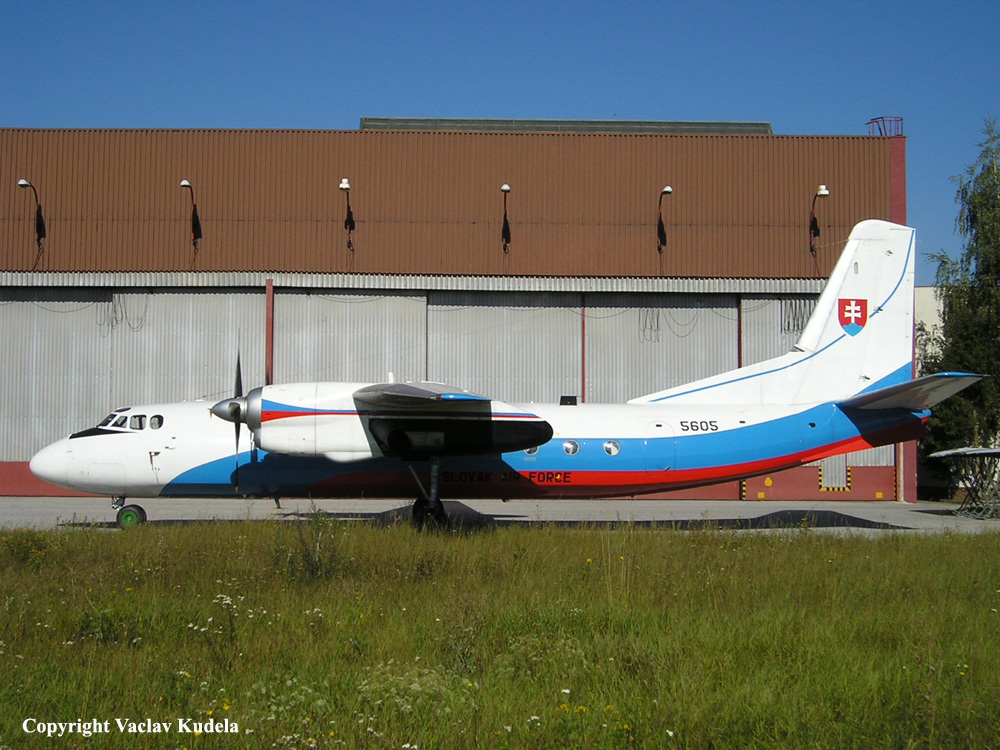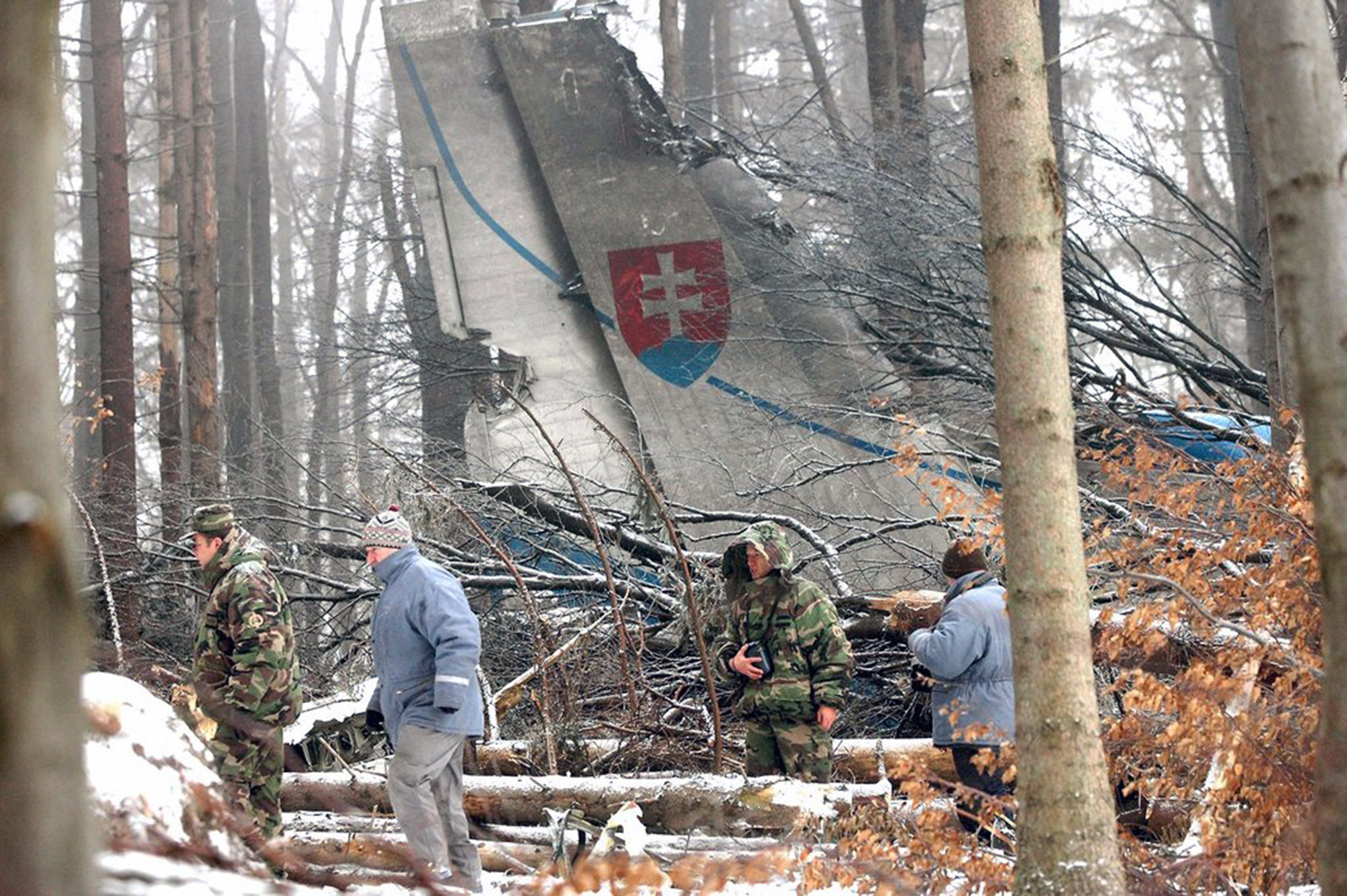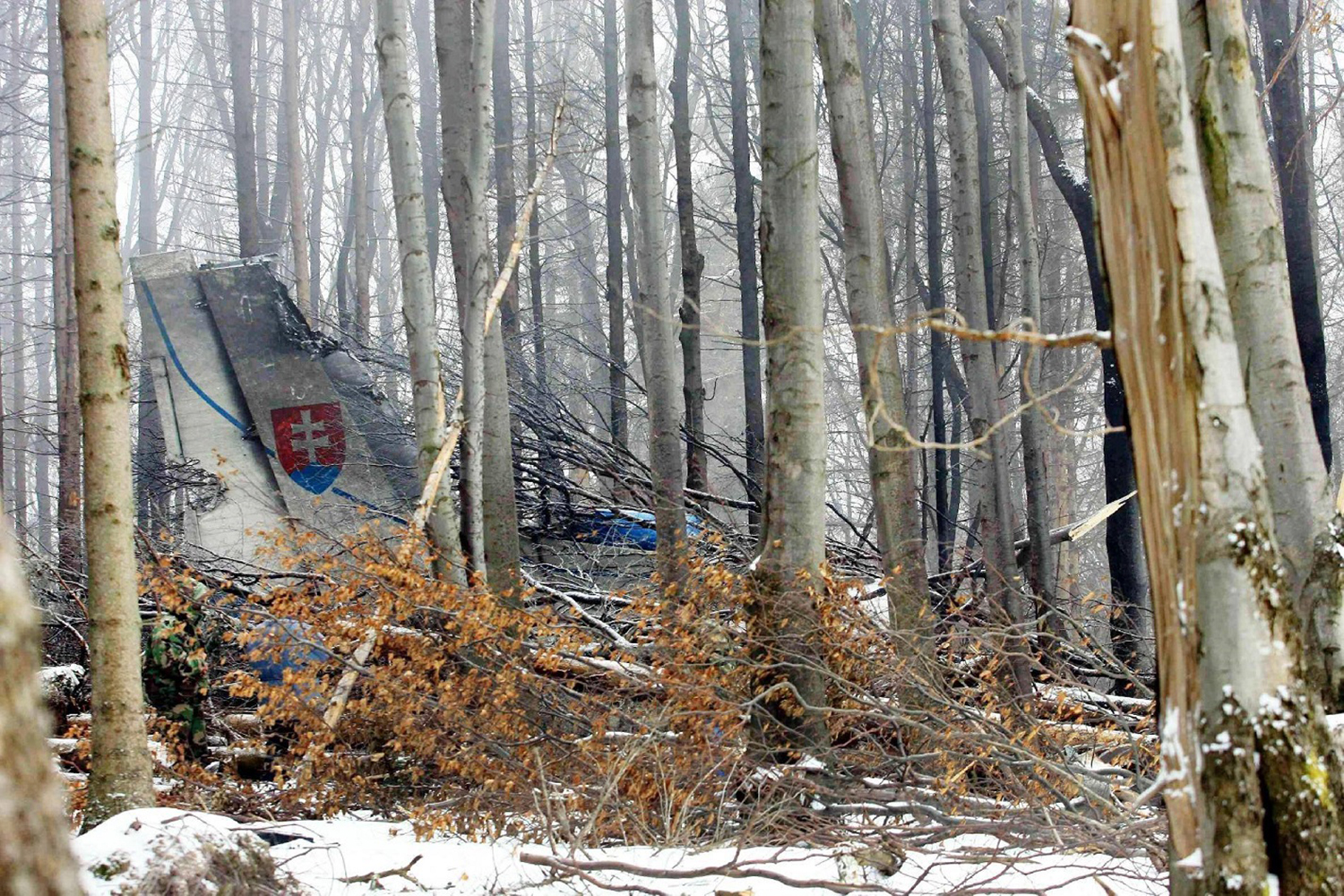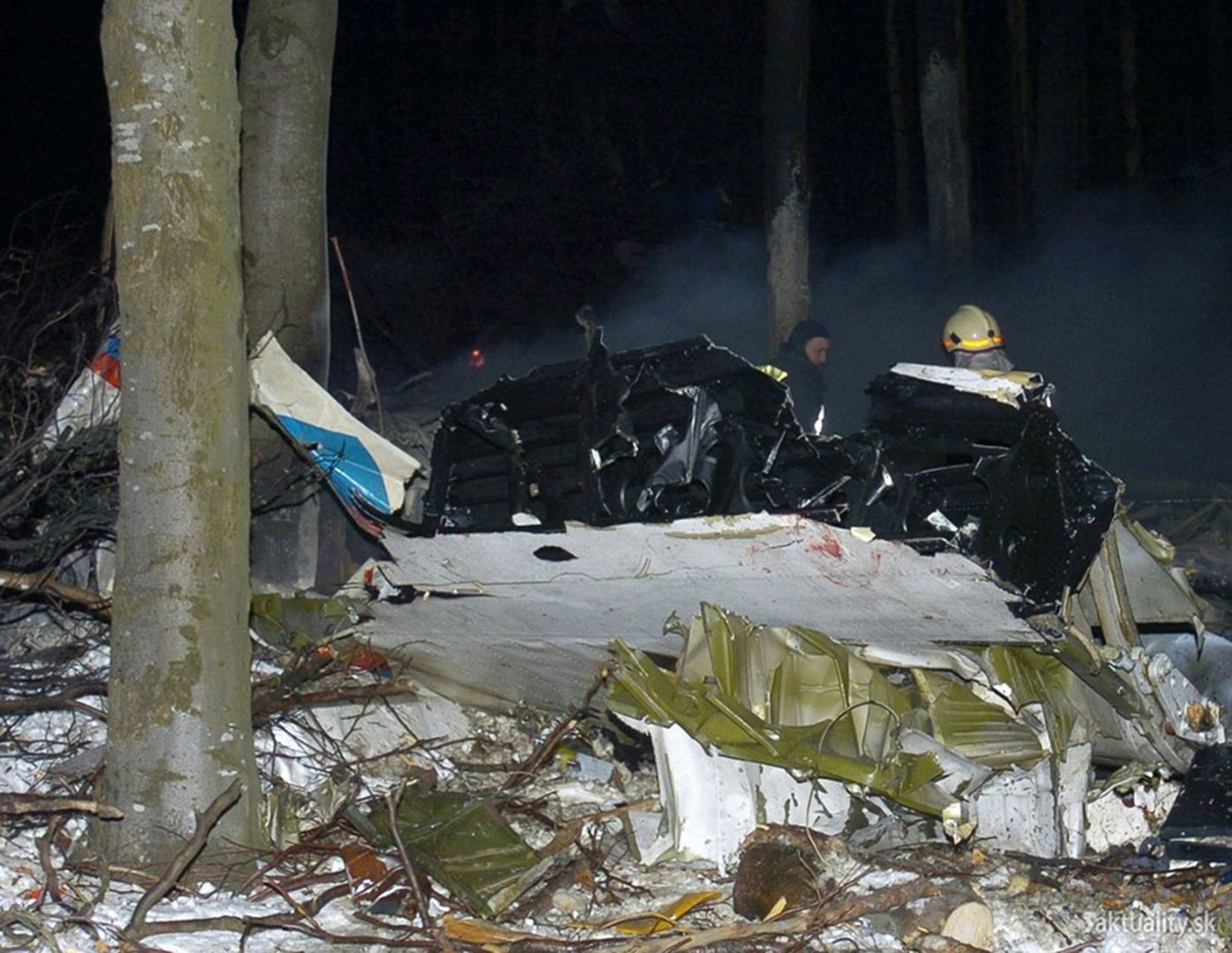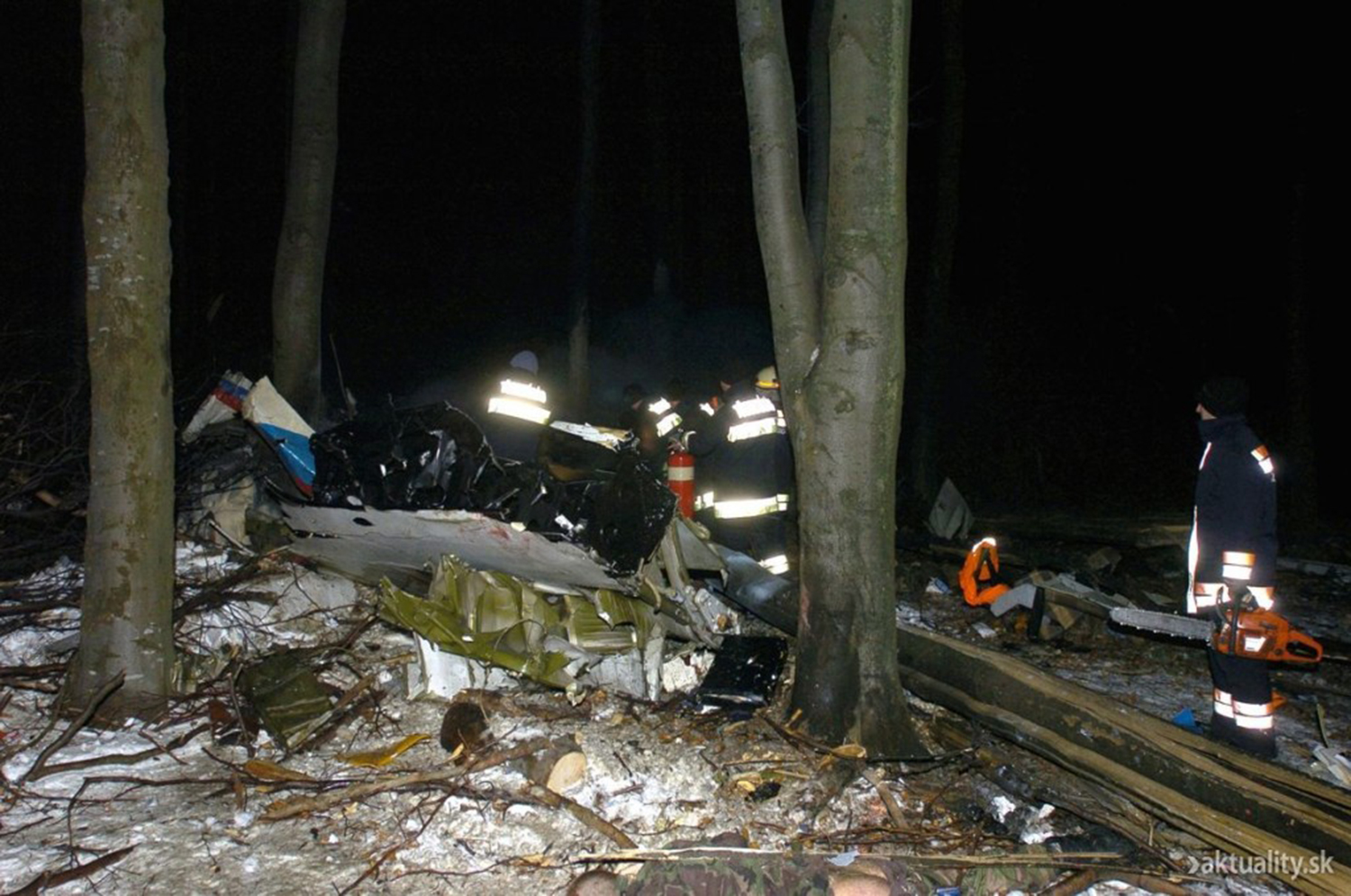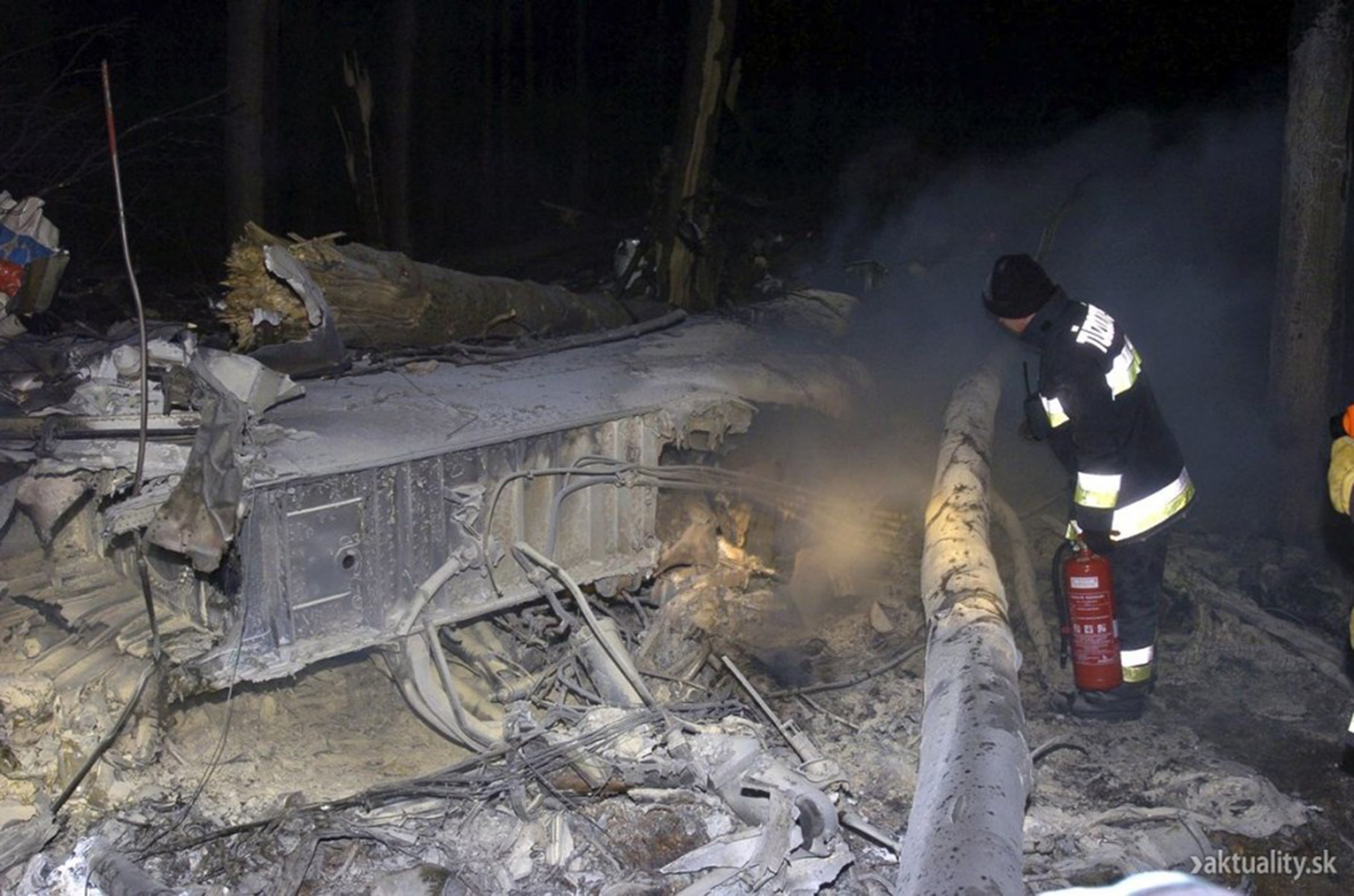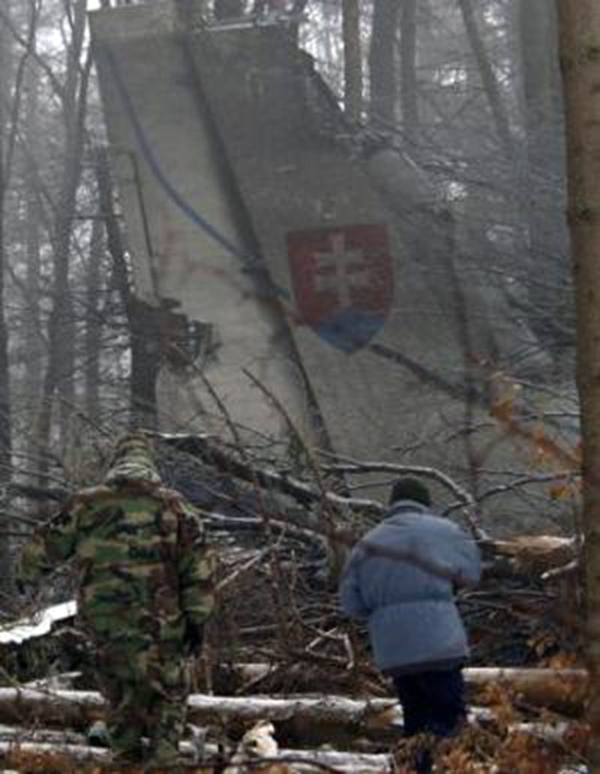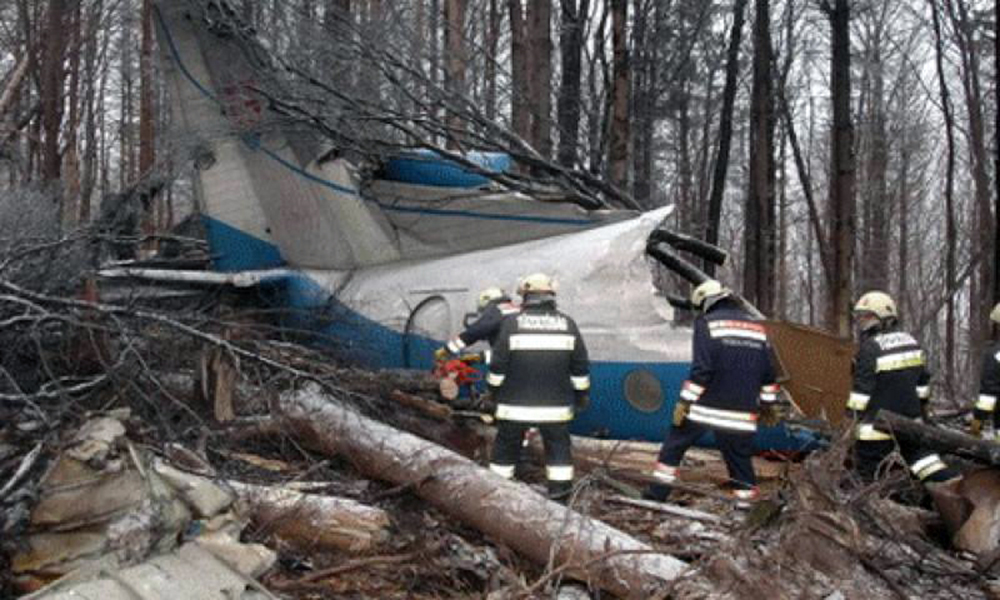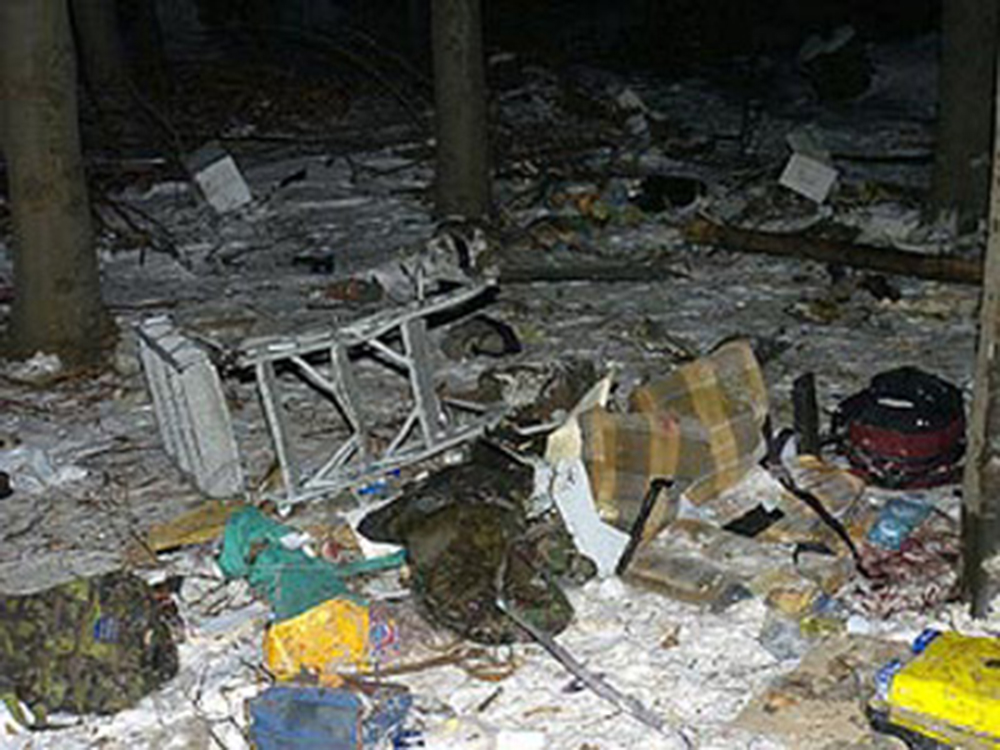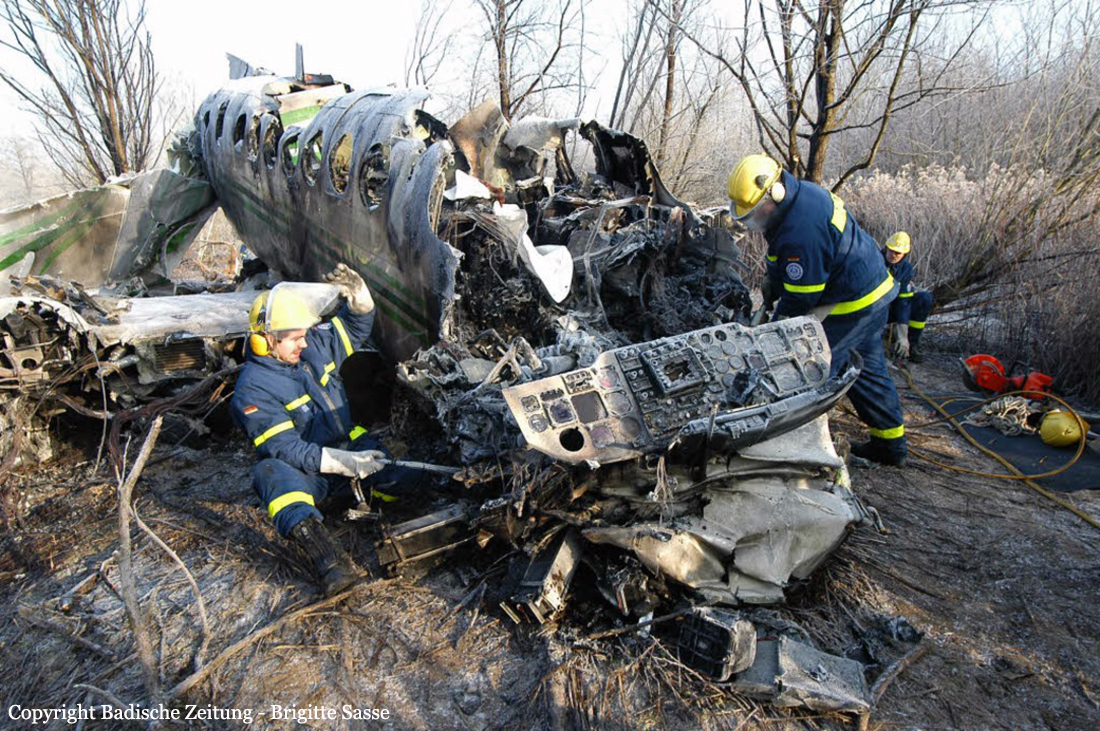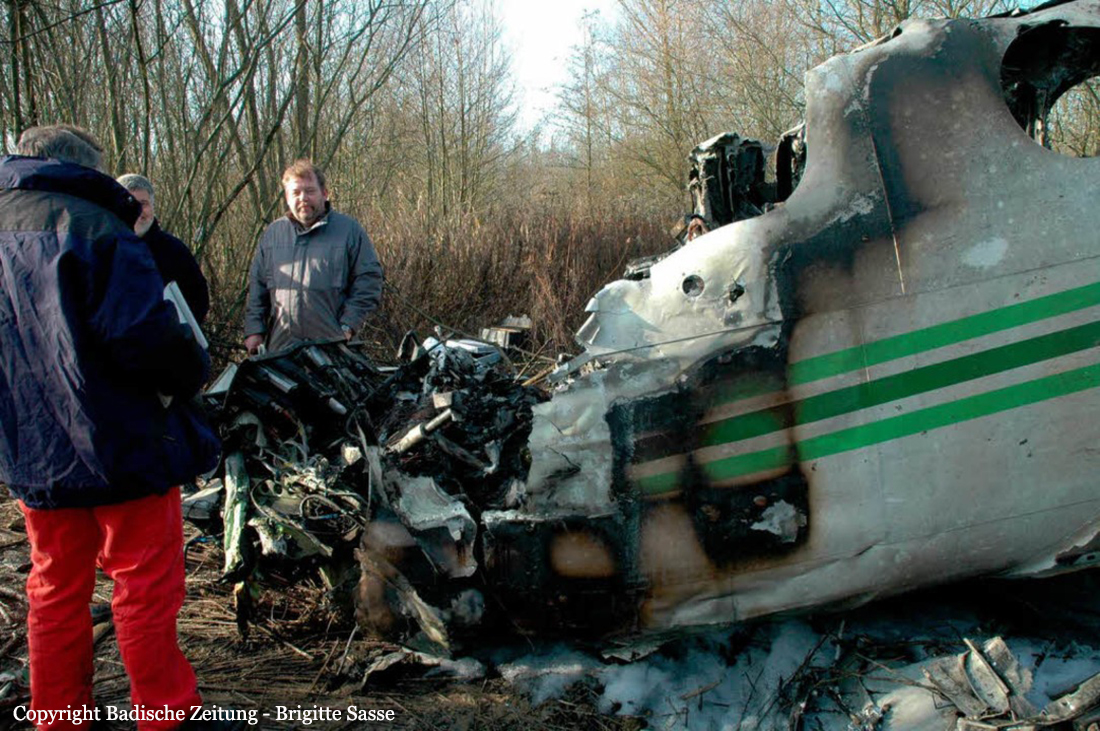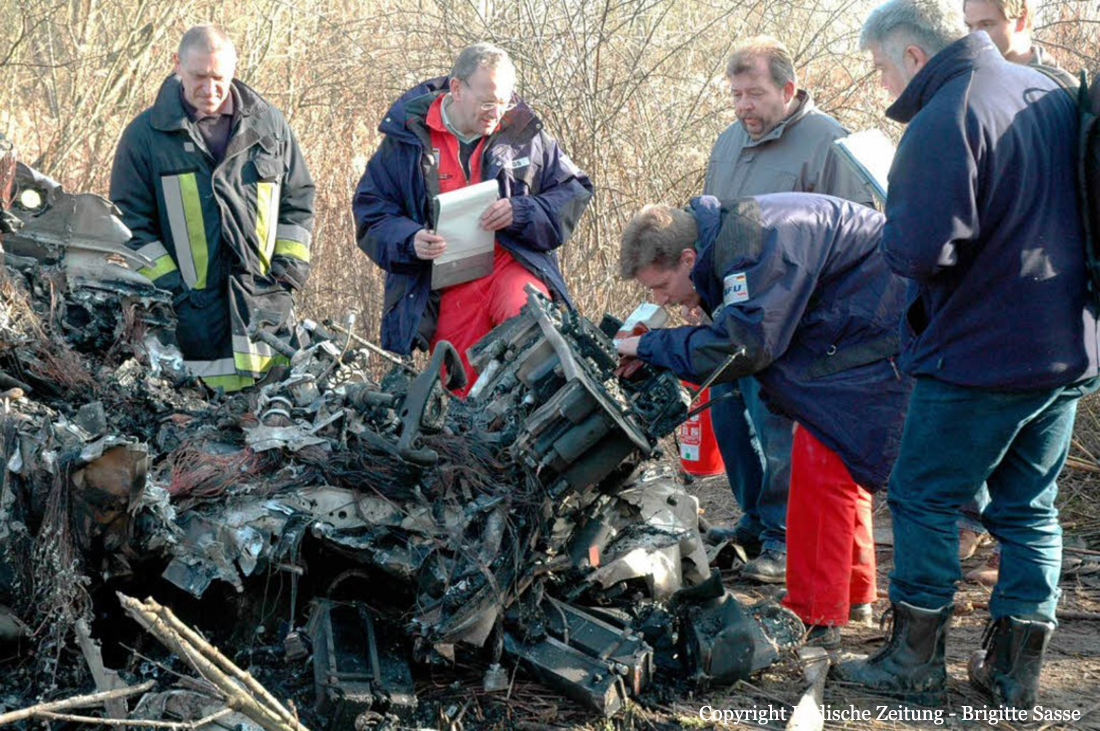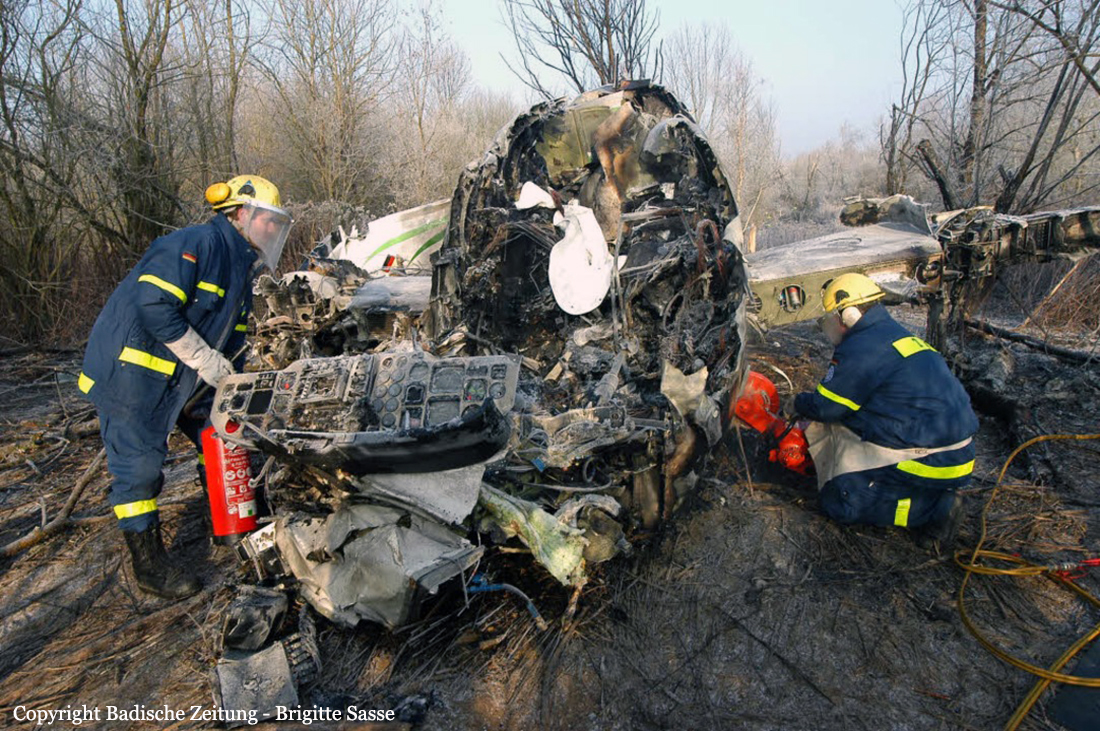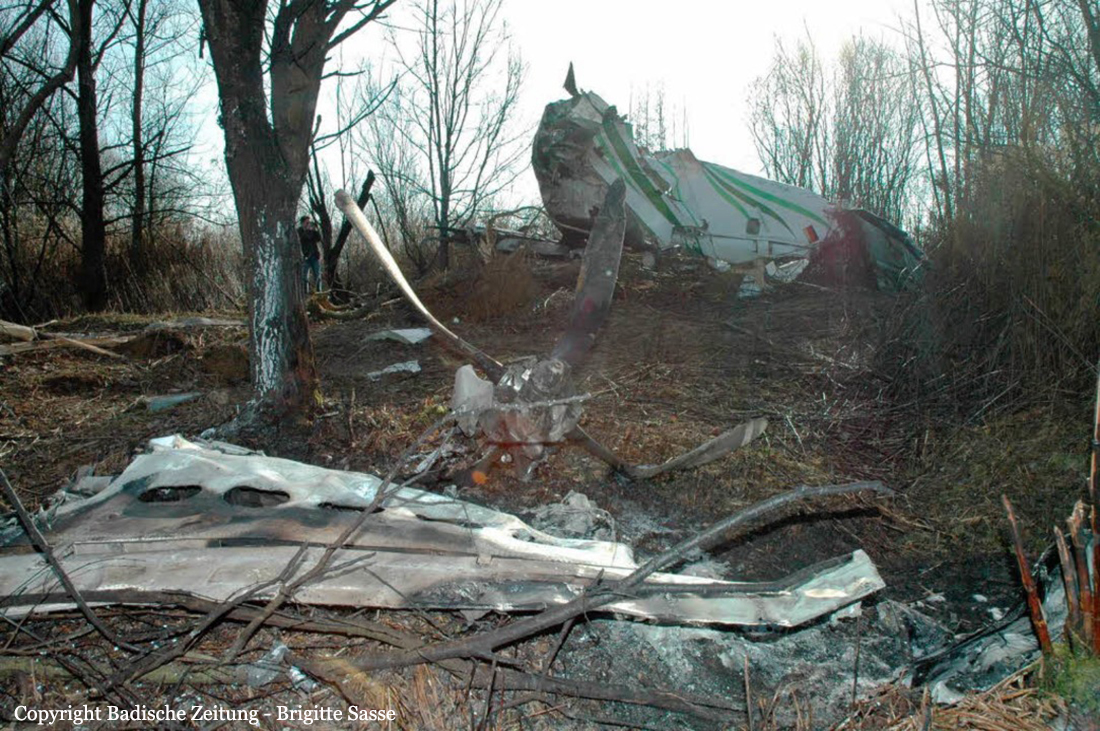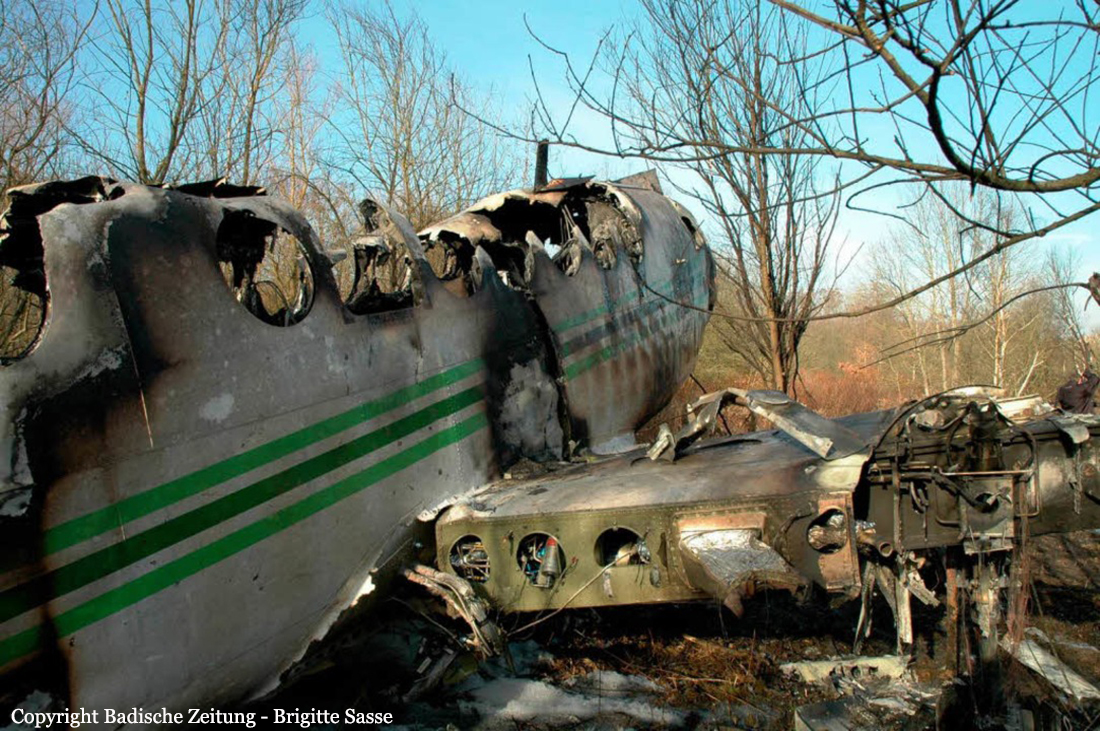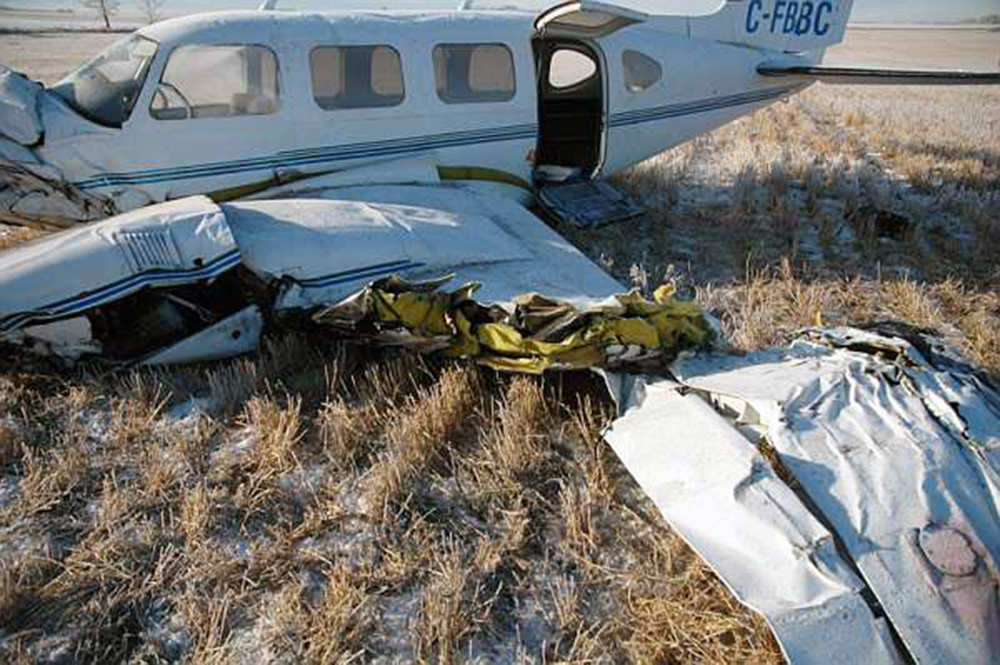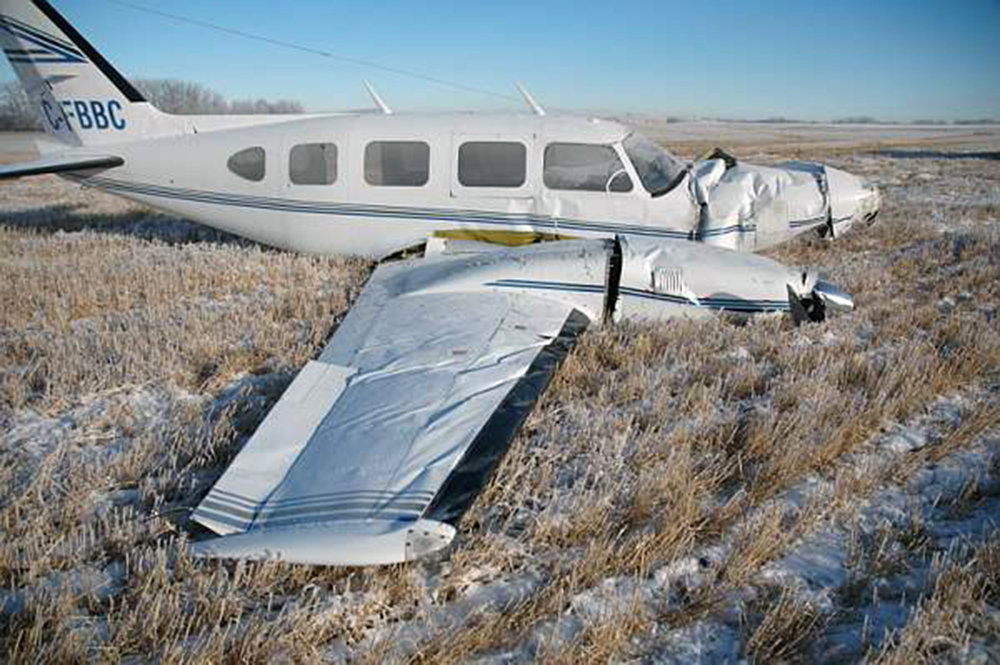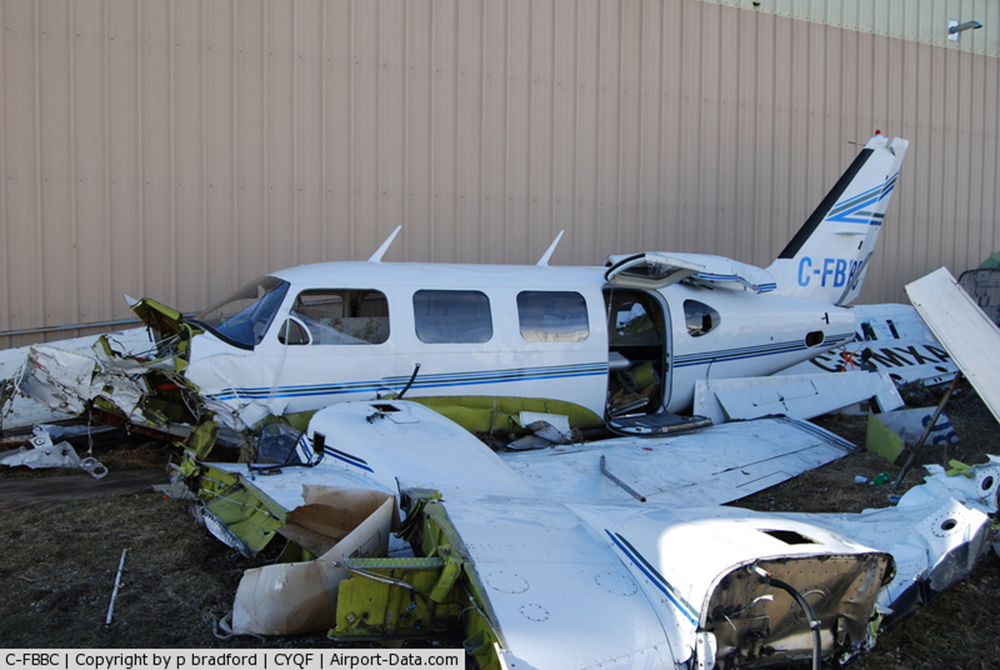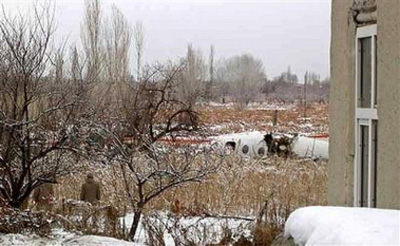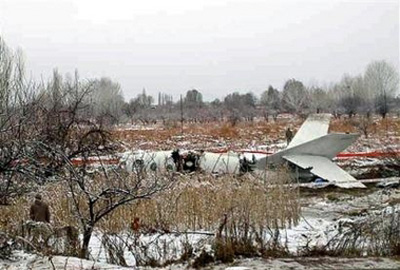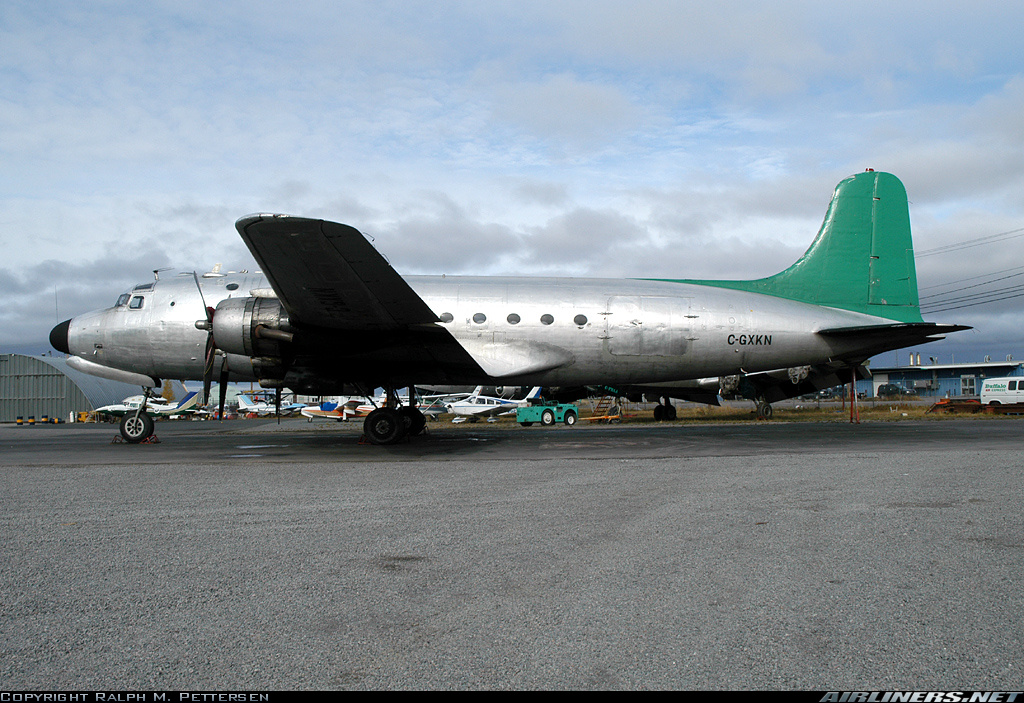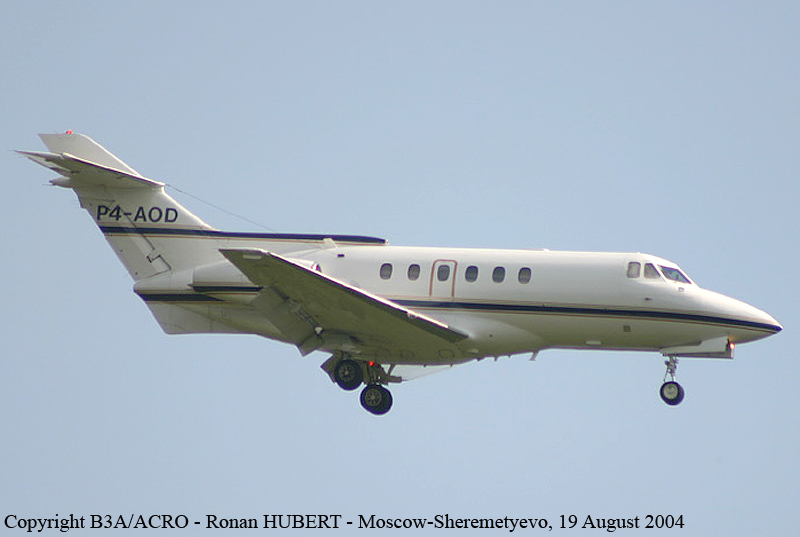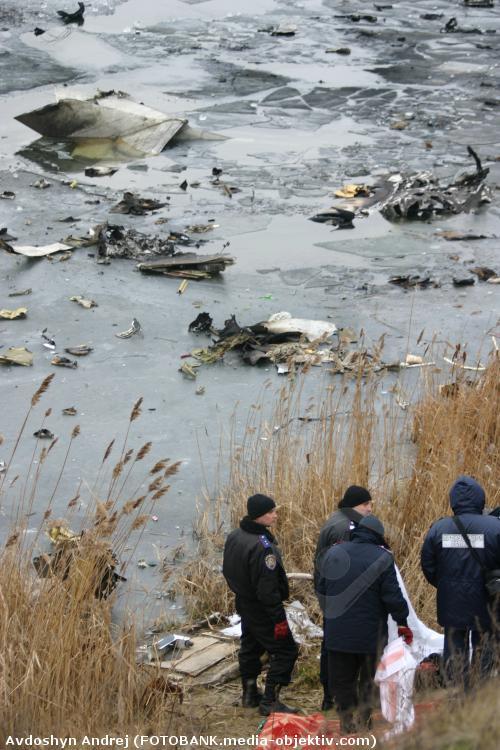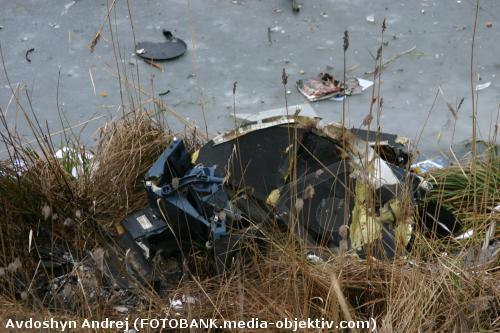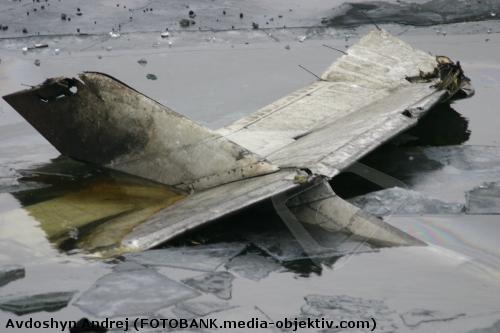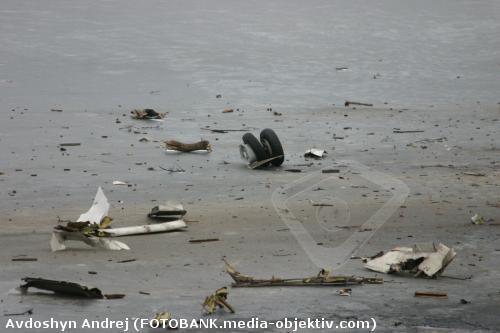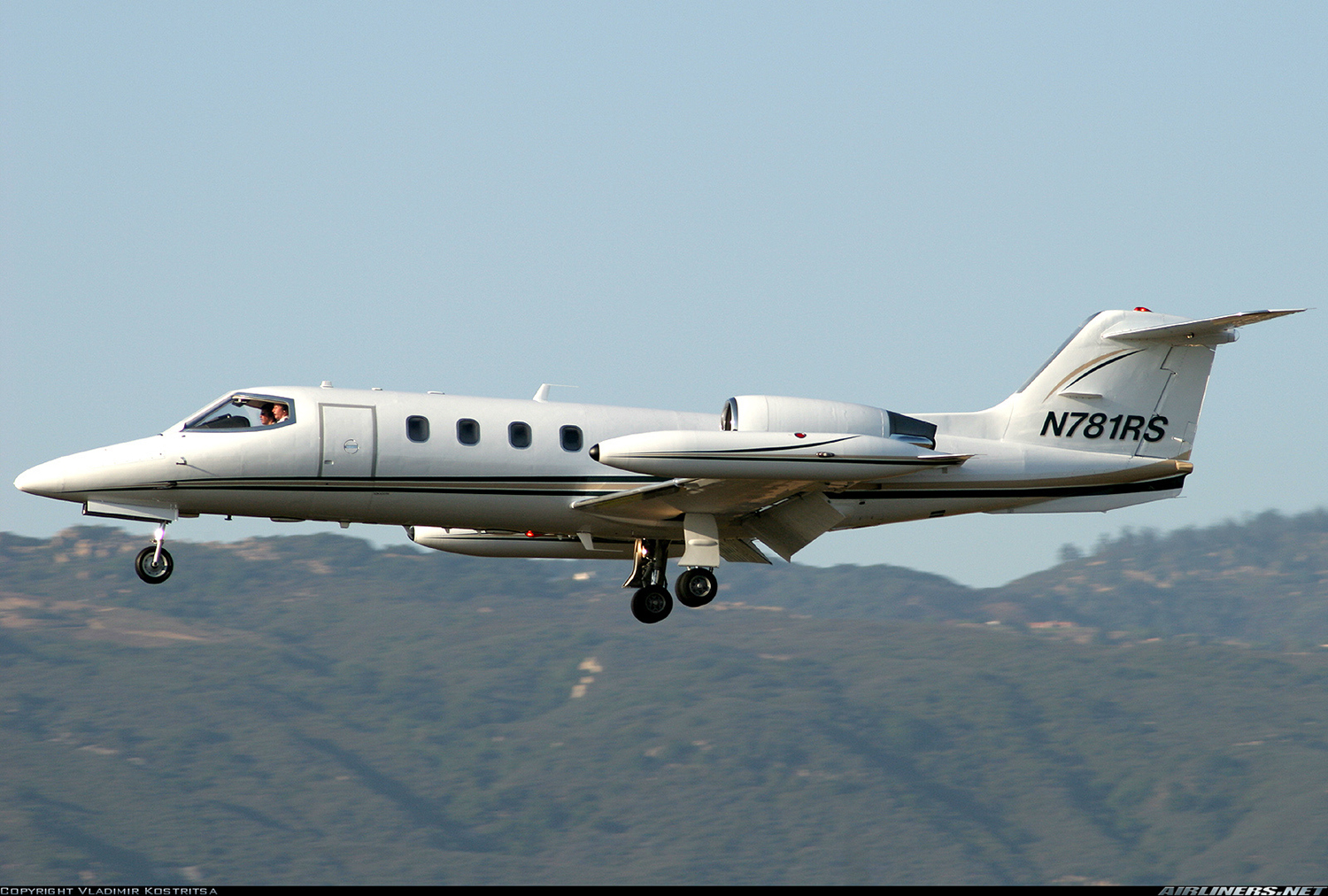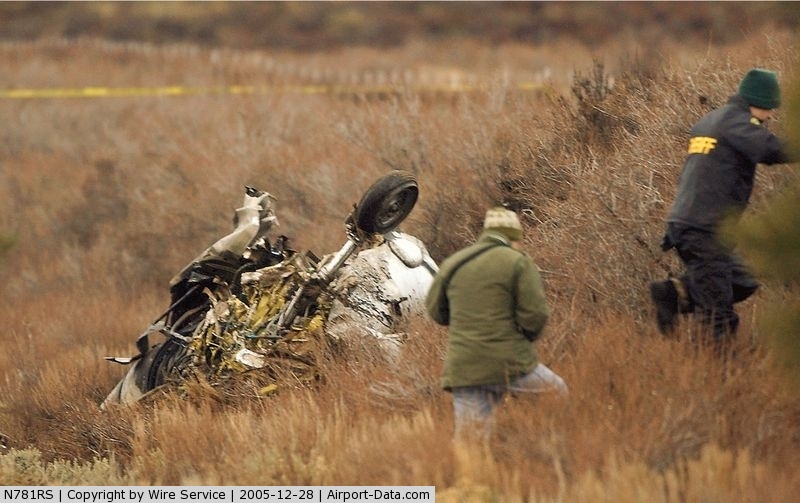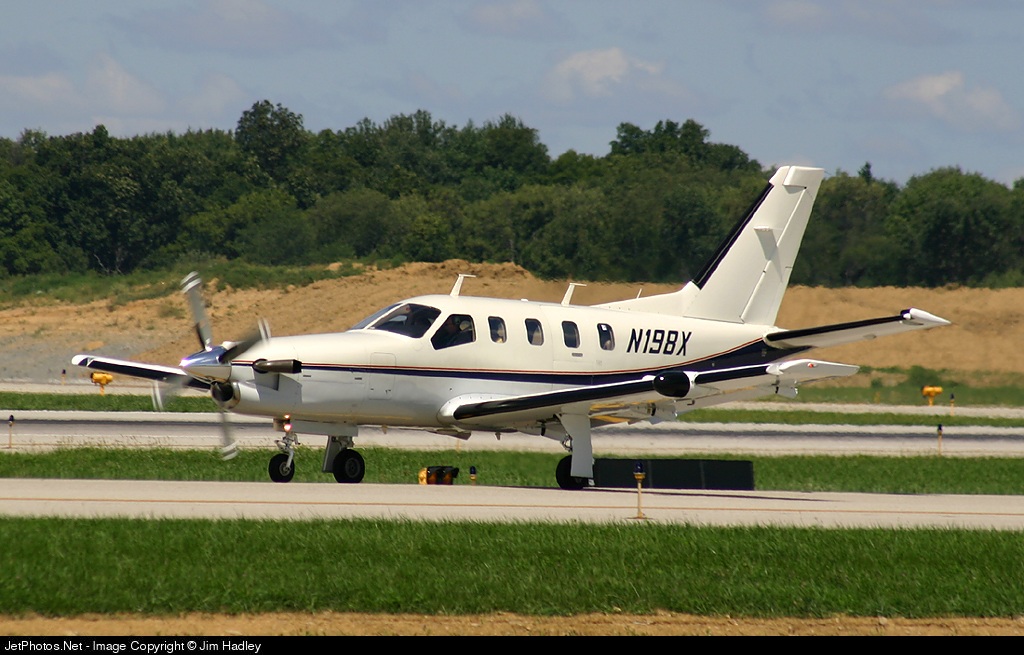Crash of an Antonov AN-24V in Telkibánya: 42 killed
Date & Time:
Jan 19, 2006 at 2030 LT
Registration:
5605
Survivors:
Yes
Schedule:
Pristina – Košice
MSN:
9 73 056 05
YOM:
1969
Crew on board:
8
Crew fatalities:
Pax on board:
35
Pax fatalities:
Other fatalities:
Total fatalities:
42
Circumstances:
The aircraft, operated by the Slovak Air Force (Letectva a Protivzdu Obrany-snej Slovenskej), was returning to Košice following an uneventful flight from Pristina, carrying 28 soldiers of the Slovak Army, 7 logisticians and 8 crew members flying back home after a period in Kosovo on behalf of the KFOR contingent. While descending to Košice-Barca Airport by night, the aircraft collided with trees and crashed in a snow covered and wooded area located near the village of Telkibánya, Hungary. The wreckage was found about 20 km southeast from runway 01 threshold. The aircraft was destroyed by impact forces and a post crash fire. A passenger was seriously injured while 42 other occupants were killed. At the time of the accident, weather conditions were considered as good with a cloud ceiling at 5,000 feet and a visibility of 10 km.
Probable cause:
Loss of situational and vertical orientation and non-compliance with the safety altitude." During the transition from instrument to visual approach to the airport of Košice, the pilots apparently did not set the radio altimeter. They "probably underestimated the height of the terrain below the aircraft and its immediate vicinity."
